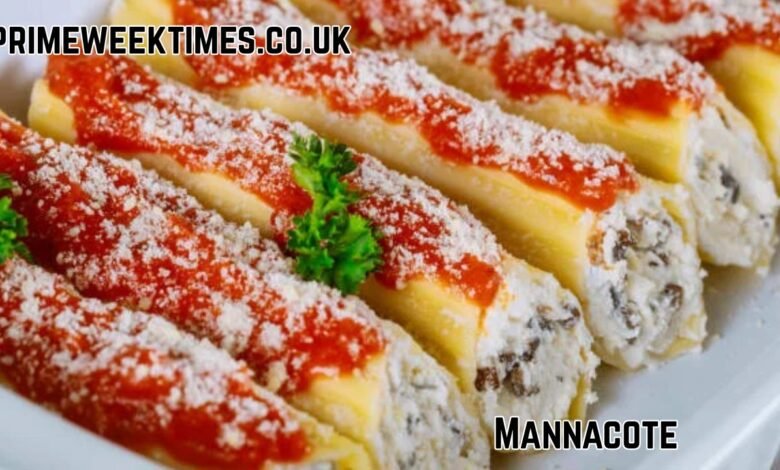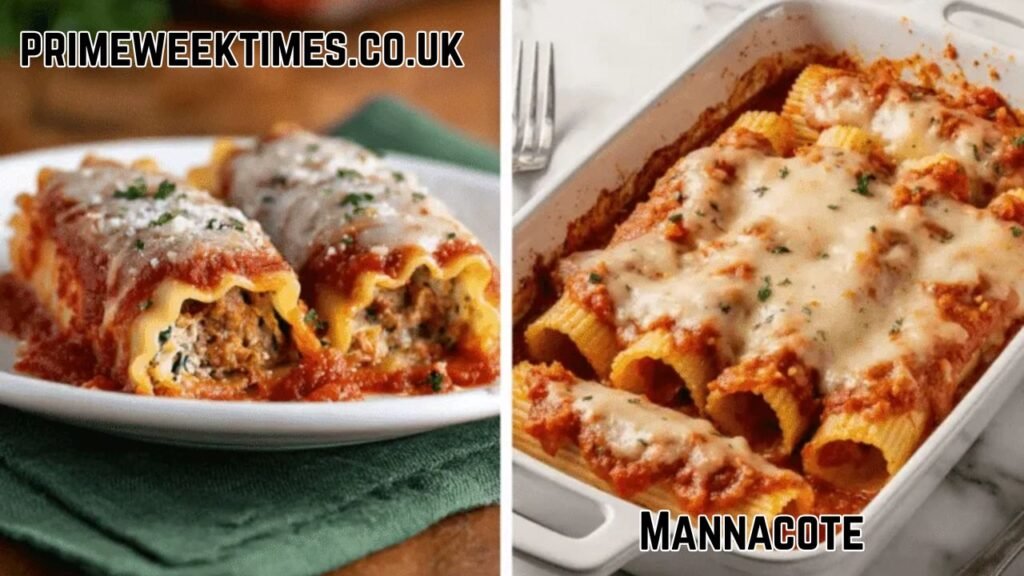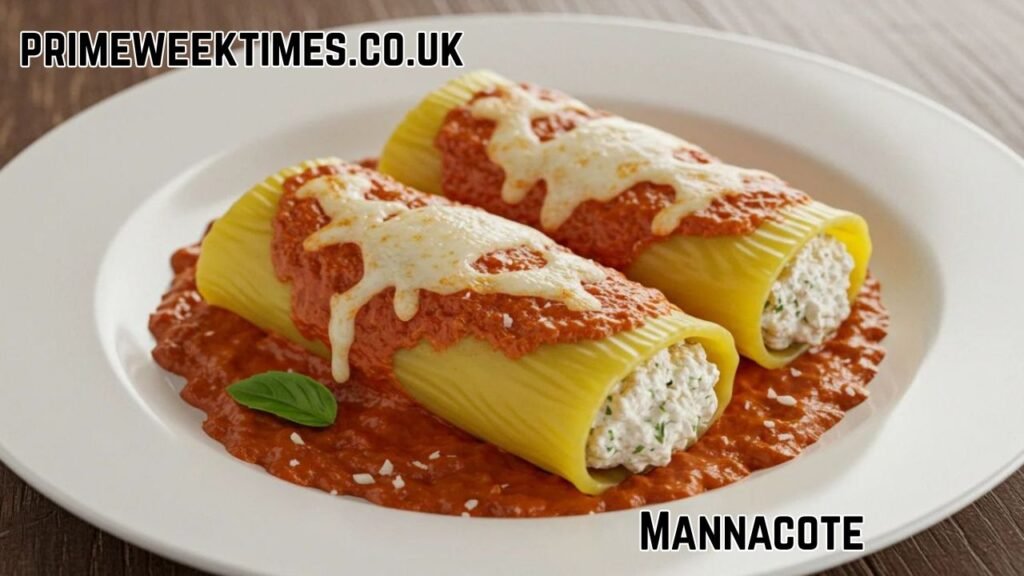Mannacote – Uses, Benefits, and Role in Modern Industry

Introduction: What Is Mannacote?
In today’s fast-paced industrial world, innovation drives every sector — from food processing and manufacturing to construction and automotive applications. One material that has recently gained attention for its versatility and efficiency is mannacote.
Although the name mannacote might sound unfamiliar to the general public, it has become a valuable element in various industries where protection, performance, and durability are critical. Whether used as a coating, an additive, or a specialized treatment material, mannacote exemplifies the modern push toward advanced, reliable technology.
This article explores the properties, uses, and growing importance of mannacote in today’s industrial and commercial landscape.
Understanding Mannacote and Its Composition
At its core, mannacote is a coating or protective compound designed to enhance surface performance and extend the lifespan of materials. It can be formulated using a combination of polymers, resins, or synthetic binders that create a strong, durable layer once applied.
The name mannacote is often associated with advanced surface technology — particularly coatings that protect metals, machinery, or manufactured parts from environmental damage such as corrosion, moisture, and temperature fluctuations.
Depending on the intended application, mannacote can appear in liquid, gel, or powder form, and can be sprayed, brushed, or applied using industrial processes like electrostatic coating.
The Purpose and Function of Mannacote

The main function of mannacote is to act as a protective barrier. In manufacturing and industrial environments, materials are constantly exposed to external stress — heat, water, chemicals, and friction. Mannacote helps resist these damaging forces, ensuring longer equipment life and reduced maintenance costs.
Some of its most important functions include:
- Corrosion protection for metals and alloys
- Friction reduction on mechanical parts
- Improved adhesion for paints and sealants
- Thermal stability under extreme temperatures
- Enhanced chemical resistance for industrial components
Because of these diverse qualities, mannacote is used in multiple sectors, each relying on its specific protective and performance characteristics.
Industrial Applications of Mannacote
The versatility of mannacote allows it to be applied in a wide range of fields:
1. Automotive Industry
In cars and heavy vehicles, mannacote is often applied to engine parts, exhaust systems, and undercarriages to prevent rust and wear. It helps improve vehicle longevity and reduces the need for frequent servicing.
2. Construction and Engineering
Construction materials exposed to harsh weather conditions benefit from mannacote coatings. Steel beams, pipelines, and external fittings treated with mannacote retain their integrity longer and require less repair over time.
3. Marine and Aerospace Applications
Marine environments are particularly challenging due to constant exposure to saltwater. Mannacote provides corrosion resistance that ensures ships, offshore structures, and even aircraft components stay in top condition.
4. Food Processing and Manufacturing
Certain specialized forms of mannacote are designed for food-safe surfaces, helping equipment stay hygienic and easy to clean while resisting moisture and bacterial buildup.
5. Energy and Utilities
In oil, gas, and renewable energy facilities, mannacote plays an essential role in protecting machinery and infrastructure exposed to high pressure, chemicals, or temperature variations.
Advantages of Using Mannacote
The benefits of mannacote extend beyond simple protection. Its engineered composition offers performance advantages that make it a preferred choice across industries.
Key benefits include:
- Extended equipment life: Reduces corrosion, rust, and physical damage.
- Cost efficiency: Lowers maintenance and replacement costs.
- Improved safety: Creates safer work environments by reducing part failures.
- Energy savings: Reduces friction and enhances mechanical efficiency.
- Aesthetic appeal: Provides a smooth, clean, and often glossy finish to surfaces.
In many modern applications, mannacote has become synonymous with high-quality surface treatment and preventive maintenance.
Environmental and Sustainable Aspects of Mannacote
As industries move toward sustainability, mannacote formulations have evolved to meet eco-friendly standards. Manufacturers now produce water-based or low-VOC (volatile organic compound) versions of mannacote that minimize environmental impact.
These newer variants maintain the protective properties of traditional coatings while aligning with modern environmental regulations. As a result, mannacote represents not only technological innovation but also responsible manufacturing.
The Science Behind Mannacote’s Durability
The superior strength of mannacote lies in its chemical structure. Once applied and cured, it forms a cross-linked molecular network that resists external agents like oxygen, moisture, and acids.
This network structure ensures long-lasting protection without frequent reapplication, even under continuous mechanical stress. Advanced versions of mannacote also contain nanocomposite additives that enhance performance by improving elasticity and scratch resistance.

Maintenance and Application Techniques
To get the best results from mannacote, proper surface preparation and application are key. The general process includes:
- Cleaning the surface to remove debris, oil, or rust.
- Priming, if necessary, to ensure adhesion.
- Applying mannacote evenly via spray, brush, or automated system.
- Curing under specific temperature or humidity conditions.
When correctly applied, mannacote can last for years before requiring reapplication — even in demanding environments.
Mannacote in Comparison to Other Coatings
Compared to traditional paints or sealants, mannacote offers superior performance in critical conditions.
| Feature | Traditional Coating | Mannacote |
|---|---|---|
| Corrosion Resistance | Moderate | Excellent |
| Temperature Tolerance | Limited | High |
| Lifespan | 1–3 years | 5–10 years |
| Maintenance Needs | Frequent | Minimal |
| Environmental Options | Some | Many available |
This makes mannacote an attractive option for companies seeking reliable, long-term protective solutions.
The Future of Mannacote Technology
As technology continues to advance, mannacote is expected to play an even larger role in the next generation of industrial materials. With smart coatings, self-healing properties, and nanotechnology integration on the horizon, mannacote will evolve beyond mere protection — it will become an intelligent surface solution.
Research is ongoing to create mannacote formulations that can respond dynamically to environmental changes, providing even greater efficiency and sustainability in industrial operations.
Conclusion: Mannacote as a Modern Industrial Essential
In an age where durability, performance, and sustainability are crucial, mannacote stands out as a material that bridges traditional industry with modern innovation. From machinery and infrastructure to consumer goods, its ability to protect and perform is redefining how industries approach maintenance and longevity.
Whether viewed as a coating, a sealant, or a next-generation material, mannacote proves that true industrial progress comes from combining technology, efficiency, and responsibility.
Also Read: Obligation Linéaire – Definition, Function, and Role in Modern Finance
